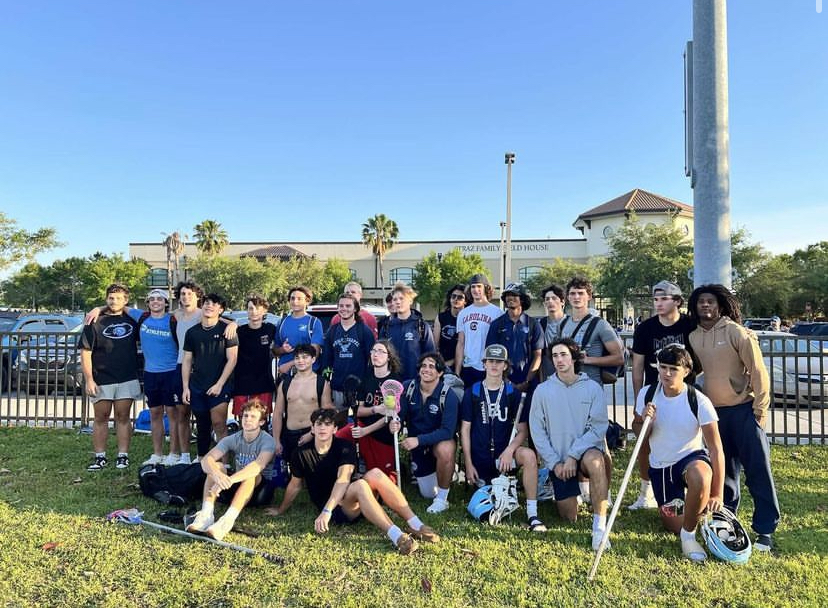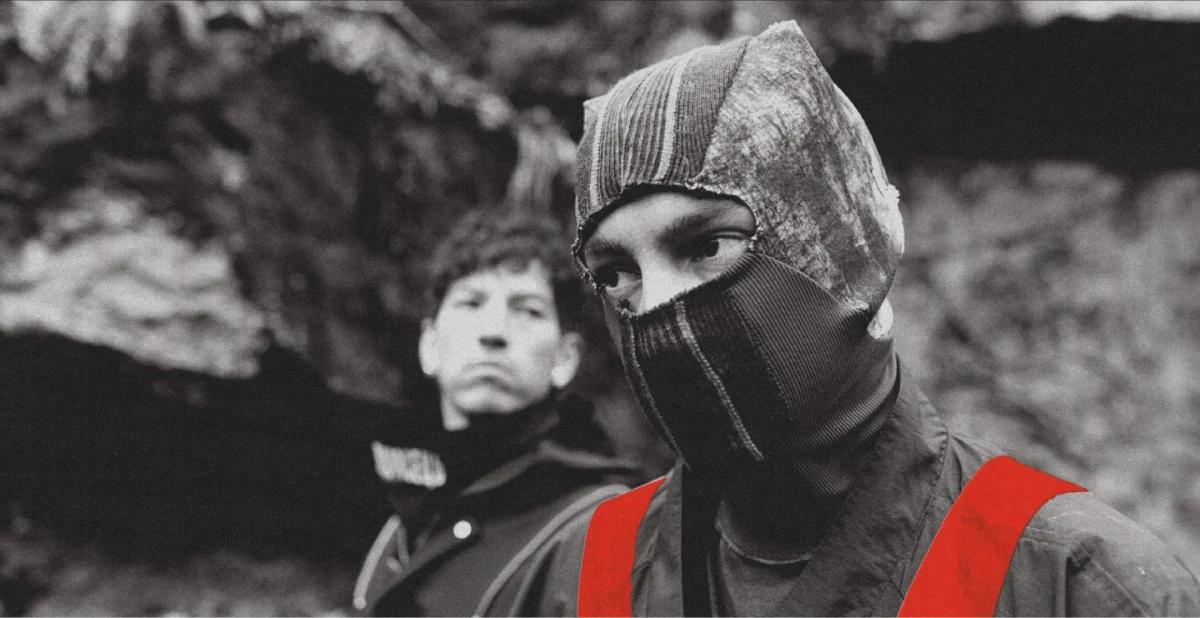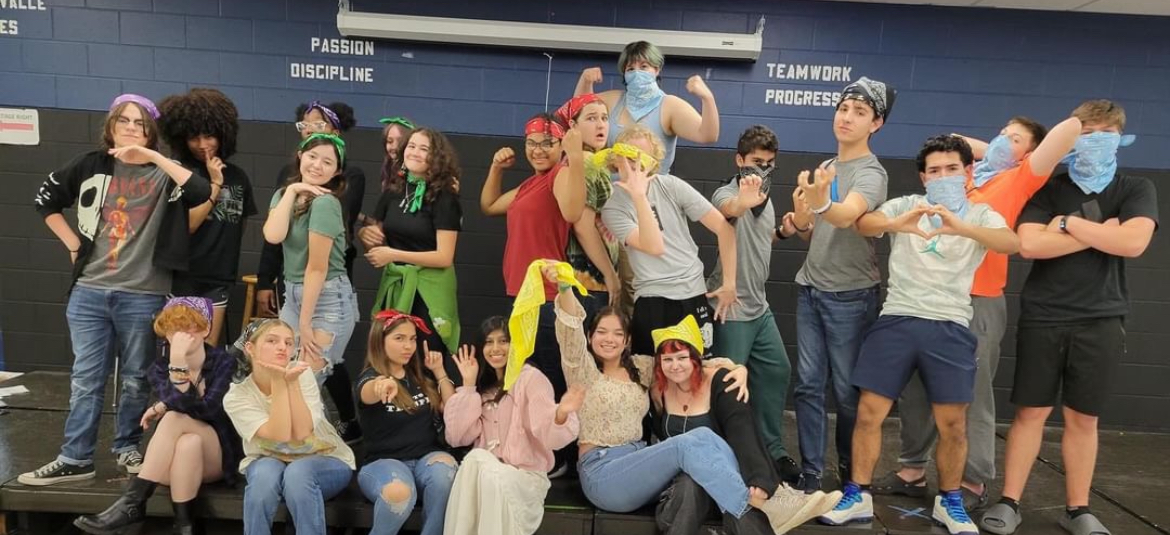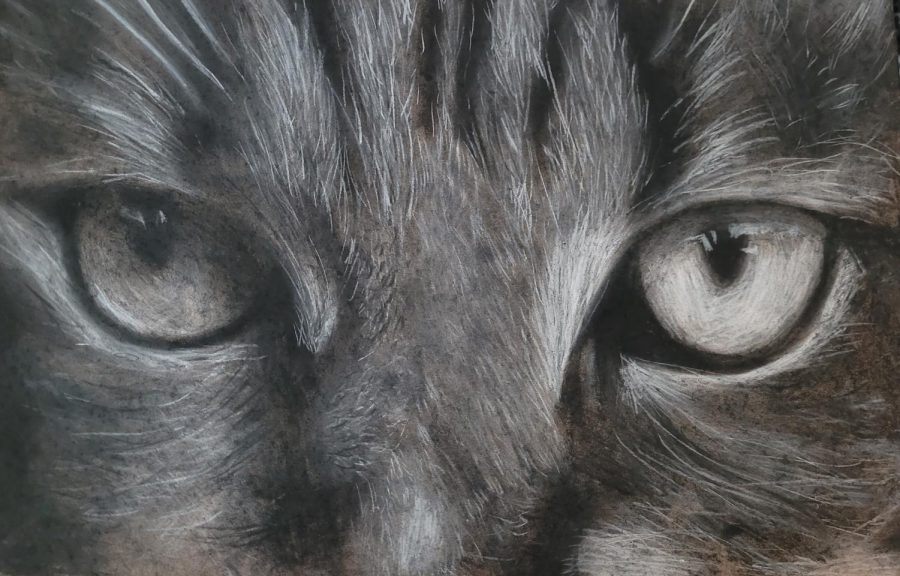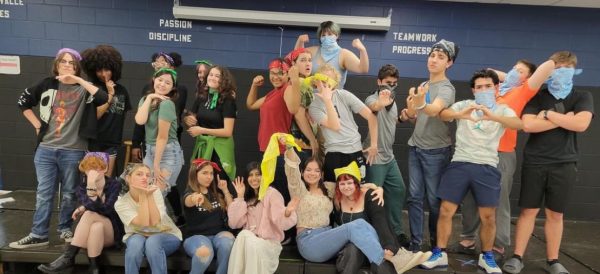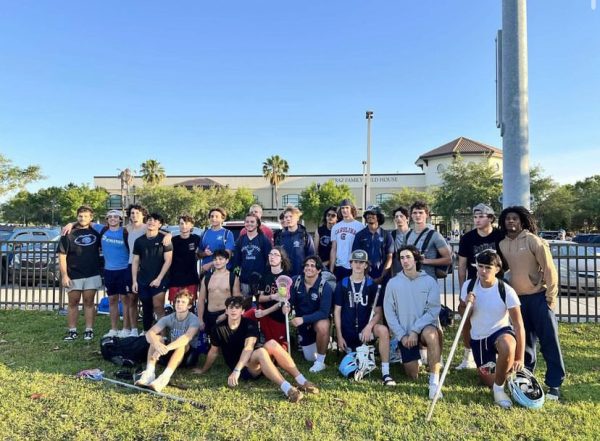All Things Punk
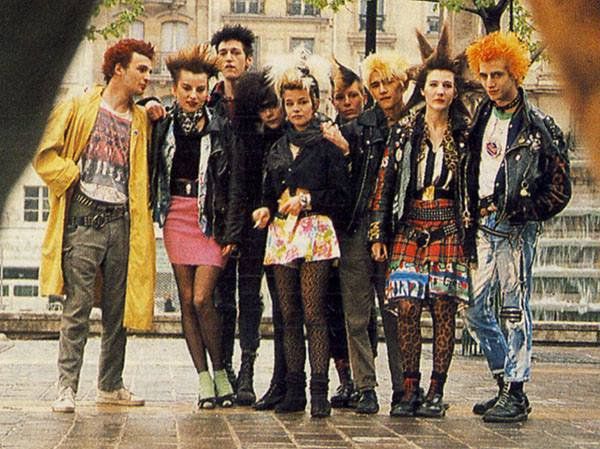
A group of punks standing together
What Is Punk?
“…Punk Rock is the freedom to create, freedom to be successful, freedom to not be successful, freedom to be who you are. It’s freedom.” Patti Smith, punk artist.
“[Punk is] … a source of creativity; a means to reassemble and recreate; to build from the ruins.” Matthew Worley, author of ‘Punk- Museum of Youth Culture’.
“Punk is a reaction to an experience. That experience can be injustice, existential crises, abuse, abandonment, oppression, etc. Punk is the freedom to react to an experience one has in a raw form.” -Alexander B. Wolke, author of ‘The Philosophy of Punk’ in ‘The Nonconformist Magazine’
Although, a more traditional, dictionary, definition of punk would be music, under the rock n’ roll umbrella, with “short formats, fast tempos, distorted riffs, stripped-down instrumentation, and shouted lyrics.” [1]. Punk music, while sounding quick and angry, regardless of the writer or guitar player, tends to convey a political message in all songs.
Punk and Politics
Punk holds a political stance of non-conformity, anti-corporation, anti-consumerism, and individual liberty. Punk has a strong relationship with do-it-yourself, retaining that anti-corporation mindset, it was common to see punks in clothes from thrift shops that were modified to fit their style. Literally down to the shoelaces, being vocal about political stances was part of being punk.
“Punk ideologies are rooted in support for mutual aid, anti-gentrification, anti-war, civil rights, freedom of expression, and so much more. The true existence of punk music is a metaphorical political statement in itself.” – Maya Avendano, author of ‘On the Inability to Remove Politics from the Punk Movement’ on wavzine.com.
Punk History
The history of punk is typically a bit groggy. However, in America, the origins seem to be traced back to mid-to-late 60s garage rock. Garage rock being about as self-explanatory as possible, small rock bands playing in garages. The bands were in no way professional, all consisting of amateurs, who “disregarded for established musical rules” [2]. Due to garage rock having less formality and more energy, there was more room for experimentation in the scene.
The widespread of punk, primarily in Britain, is most attributed to the band ‘Sex Pistols’, who released their debut single ‘Anarchy in the U.K.’ in 1976. The provocative band was vocal about their views on anti- authoritarianism (strict obedience to authority) and political anarchy. The Pistols became quickly beloved by punks but despised by the media. ‘Anarchy in the U.K.’ received many negative reviews and was banned from the radio, despite this the single reached Number 38 on U.K. charts, until the record company withdrew it. [3] The Pistols weren’t the only punk band to rock the scene though, other bands like ‘Bad Religion’, ‘The Clash’, ‘Misfits’, ‘Ramones’, ‘The Dead Kennedys’ and ‘Black Flag’ came in later in time.
With the expansion of punk, many subgenres began to emerge in the music community; crustpunk, Oi!, riot grrrl, anarcho-punk and pop punk are some variants of the many kinds of subgenres. Although they all are connected through punk, and come from generally the same origins, the styles of music range drastically.
Punk Fashion
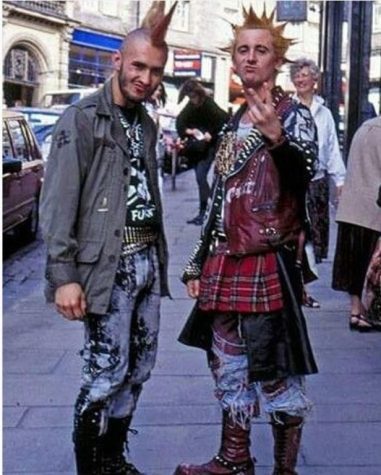
Punk fashion, as mentioned earlier, had a strong relationship with do-it-yourself, was often torn up or cut clothes with handmade patches on vests or jackets, held together with chains and safety pins. Hair in the punk community tended to be jet-black, bleached blonde, or bold colors, that were usually styled in mohawks or liberty spikes, or completely buzzed off [4]. Hair was often put together using hairspray, hair gel, sometimes even glue or sugar water.
Doc martins were typically sported in the punk community, which held up ‘lace code’ as ways of expressing political beliefs, each color lace corresponding to something different.
Heavy eyeliner was commonly worn, so was heavy spiked jewelry, piercings and various body modifications. Piercings were typically done with safety pins, and were originally done in just the ears, but soon transferred into being done in noses, cheeks, eyebrows, etc. Tattoos also became a common way to differentiate yourself from the norms of society in the punk movement.
Punk is Dead, or is it?
Some people consider punk to be “dead” saying that there simply isn’t enough music to experiment with like the earlier days, some say punk ‘died’ in the 90s with newcomers not being entirely welcome in the community.
However, in a sense, if the spirit of punk is rooted in politics, individual liberty, and a reaction to injustice in life and government, can punk ever truly die? Some argue punk is still alive, it’s just evolved with the rest of the world, after all things won’t stay the same from the 60s to now.
The outrageous look of punk influenced many subgenres of alternative in the many years to come, and though some aspects haven’t stuck around, and the community and the very notion of being punk has evolved so much since the 70s and 80s, piercings, wild hair, absurd outfits are still as prominent and are becoming more normal in society. Punk left a major impact on society, youth, and music, and can never truly be dead.
Sources
1- riverstreetjazz.com
2- daysofpunk.com
3- sexpistolsofficial.com
4- fashion-era.com
other- hbslick.com, cinemablend.com, The Nonconformist Magazine, and The Museum Of Youth Culture.
Your donation will support the student journalists of Wesley Chapel High School. Your contribution will allow us to purchase equipment and cover our annual website hosting costs.




